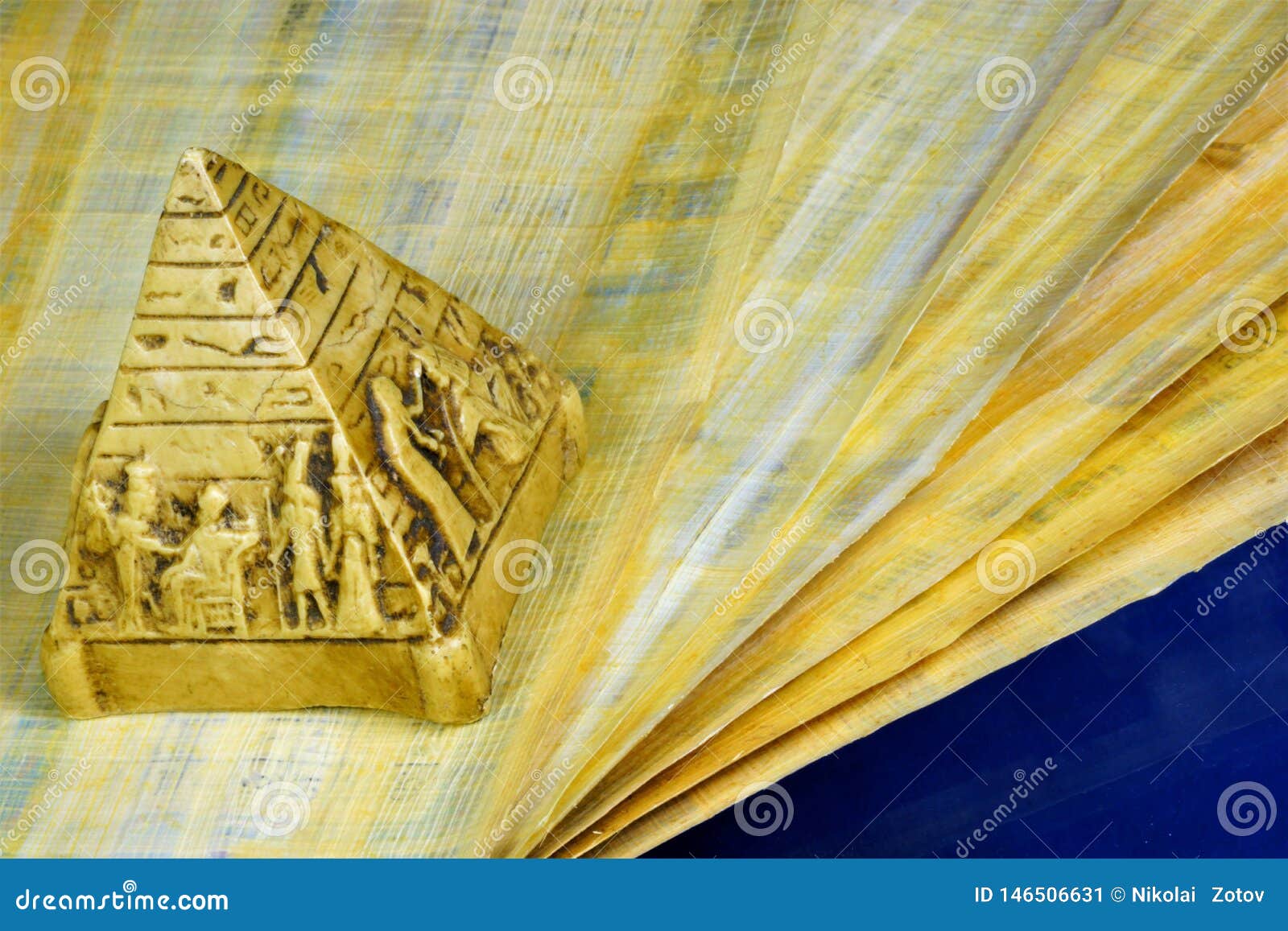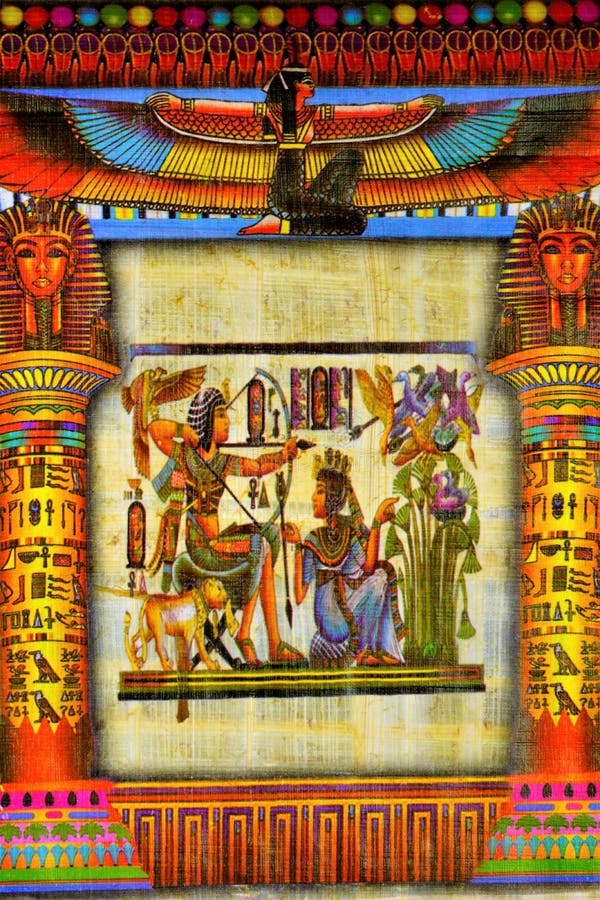


Credit: The Papyrus Carlsberg Collection and the ESRF.Įxpectedly, the scientists found that the red colour in the ink is given by the ochre. Carlsberg 89) from the Tebtunis temple library and X-ray fluorescence maps showing the distribution of iron (red) and lead (blue) in the red letters that write out the ancient Egyptian word for "star". The scientists discovered that lead was associated to different elements: a complex mixture of lead phosphates, potassium lead sulphates, lead carboxylates and lead chlorides.Ī papyrus fragment from a long astrological treatise (inv. They combined several synchrotron techniques (micro X-ray fluorescence, micro X-ray diffraction and micro-infrared spectroscopy) to probe the chemical composition from the millimetre to the sub-micrometre scale to provide information not only on the elemental, but also on the molecular and structural composition of the inks. This finding was only possible thanks to the different techniques the team used at the ESRF’s beamline ID21 to study the fragments of papyri. “Painters realised that some lead compounds could be used as efficient dryers”, she explains.

“In the XV Century, when artists rediscovered the oil painting in Europe, the challenge was to dry the oil in a reasonable amount of time”, says Marine Cotte. We hypothesise that there were workshops specialised in preparing inks”, adds Thomas Christiansen, Egyptologist from the University of Copenhagen and co-corresponding author of the paper.Ī surprising fact is that the ink recipe can be related to paint practices developed many centuries later during the Renaissance. “The fact that the lead was not added as a pigment but as a dryer infers that the ink had quite a complex recipe and could not be made by just anyone. The researchers came to this conclusion because they did not find any other type of lead, like lead white or minium, which should be present if lead was used as a pigment. “Something very striking was that we found that lead was added to the ink mixture, not as a dye, but as a dryer of the ink, so that the ink would stay on the papyrus”, says Cotte. “By applying 21st century, state-of-the-art technology to reveal the hidden secrets of ancient ink technology, we are contributing to the unveiling the origin of writing practices.”, explains Marine Cotte, scientist at the ESRF and co-corresponding author of the paper. The samples studied in this research project are exceptional, not only because they derive from the famous Tebtunis temple library, but also because the analysis includes as many as 12 ancient Egyptian papyrus fragments, all inscribed with red and black inks. During the last decade, many scientific studies have been conducted to elucidate the invention and history of ink in ancient Egypt and in the Mediterranean cultures, for instance ancient Greece and Rome.Ī team of scientists led by the ESRF, the European Synchrotron, and the University of Copenhagen used the powerful X-rays of the ESRF to study the red and black ink in papyri from the only large-scale institutional library known to have survived from ancient Egypt: the Tebtunis temple library. Egyptians used black ink for writing the main body of text, while red ink was often used to highlight headings, instructions or keywords. The earliest examples of preserving human thought by applying ink on a flexible and durable material, papyrus, are found in ancient Egypt at the dawn of recorded history (c.


 0 kommentar(er)
0 kommentar(er)
